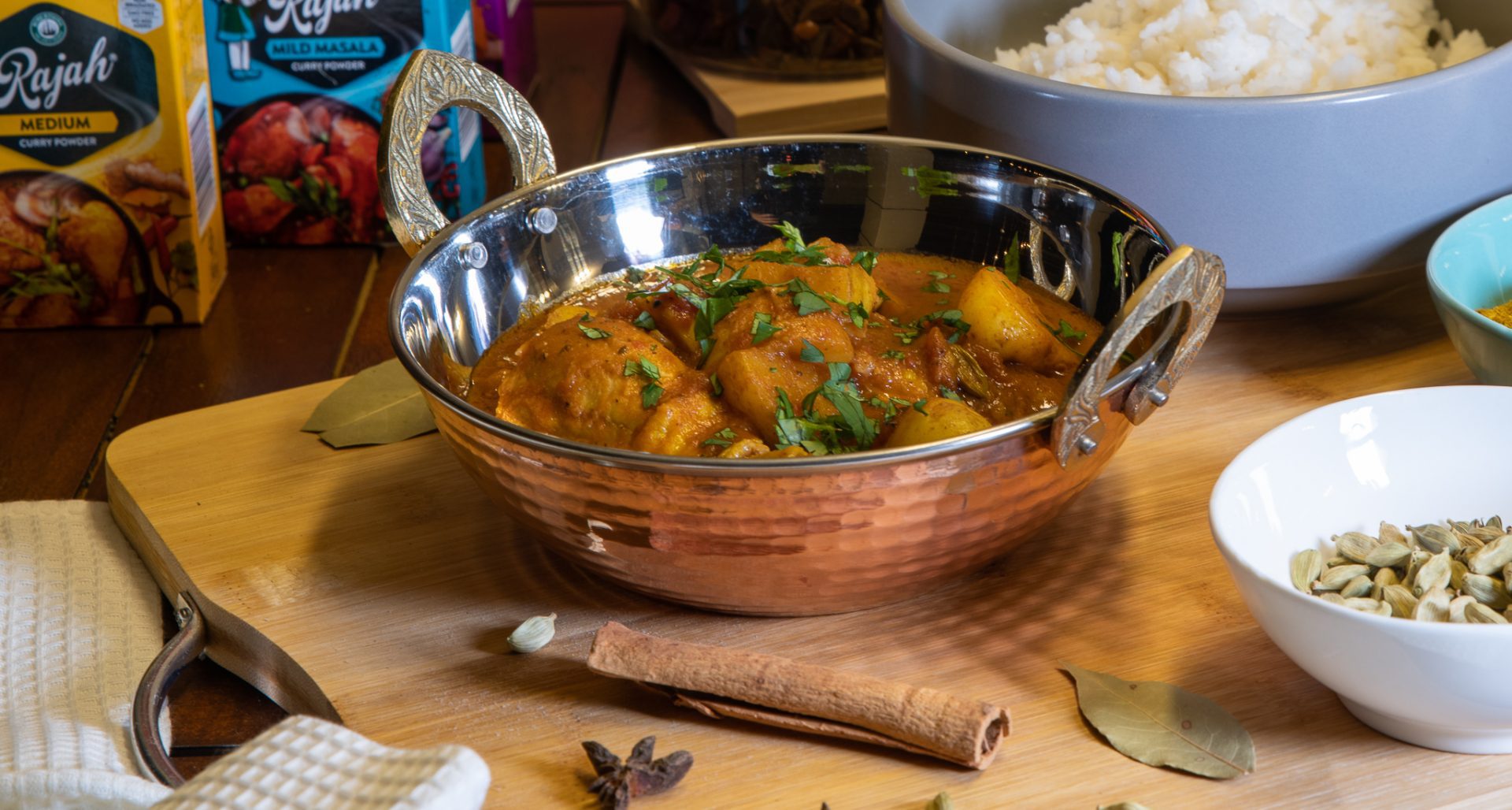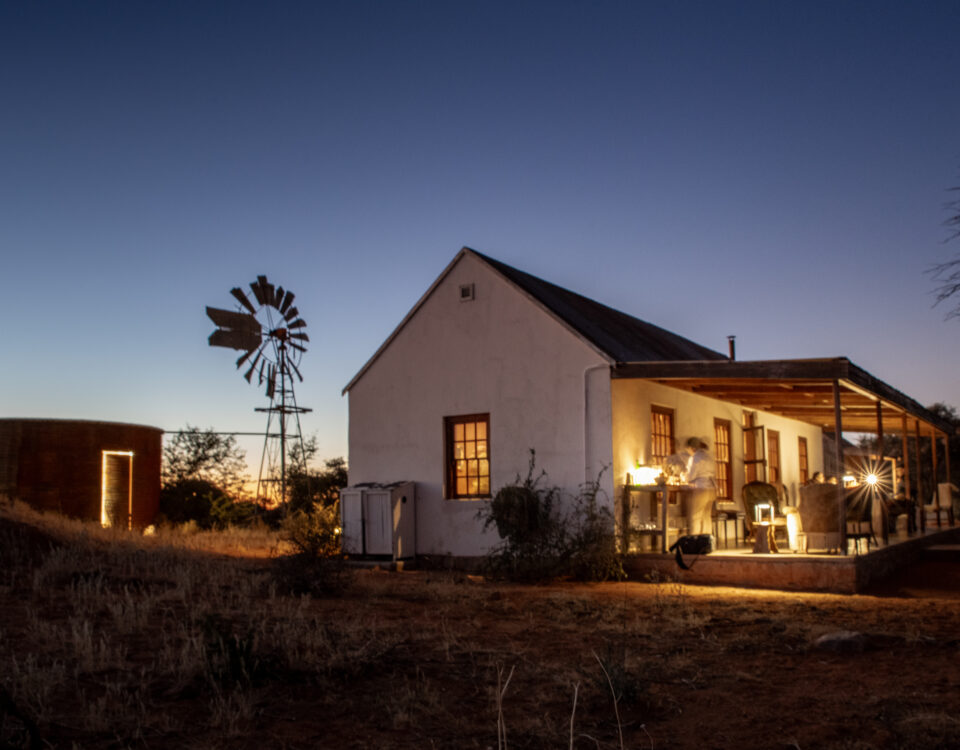
Leopard Lodge
April 9, 2021
Spicy Chicken Curry Recipe
October 22, 202110/10
Overall Score
Average Price for Two
ZAR5000
We’ve been in lockdown now for over a year and one of the things I’m missing most about “normal life” is the ability to travel internationally… or to at least plan an exciting trip. At this stage, international travel still feels like something that will only come to light again in the distant future. But it will come to light and eventually, we’ll reach that stage where it’ll be safe to travel again. Until then, we can reminisce about past trips and experiences.
One of my most memorable and favourite trips was one to Asia a few years ago. The trip was conceptualised about six months in advance followed by a period of profuse planning and great excitement. We had taken leave over the December/January holidays and planned five magical weeks with stops throughout Asia. The stopovers included Beijing, Shanghai, Kyoto, Tokyo, Kobe, Hiroshima and Hong Kong. Both China and Japan were absolutely incredible. Their cultures are vastly different and, similarly, so was their food. One of the most spectacular foodie experiences we enjoyed, was that in Kobe. And of course you simply cannot visit Kobe without trying Kobe Beef.
So what exactly is Kobe Beef? I’m sure you’ve all heard of it; it’s often incorrectly used interchangeably with the term Wagyu. The word “Wagyu” literally translates to mean “Japanese Cow”. Wagyu refers to a specific breed of Japanese cattle with special genetic qualities. There are four breeds which are native to Japan and they are the Japanese Black (which is the most common), Japanese Brown, Japanese Shorthorn and Japanese Polled. Wagyu can encompass only one of or all of these breed types (they can be purebred or interbred). Wagyu does not specifically have to be reared in Japan. There are many producers outside of Japan producing crossbred Wagyu including American Wagyu, Australian Wagyu, Chilean Wagyu and even South African Wagyu. In South Africa for example, semen imported from Japanese bulls is used to impregnate heifers and their calves are then raised in a similar style to their Kobe counterparts.
Kobe Beef, however, is of the Tajima cattle breed (a specific Japanese Black strain) only. The cattle must be born, fed, reared and processed in the Hyogo prefecture of Japan (Kobe is the prefectural capital). The cattle are fed a high-carb diet and their stress levels are closely managed throughout their lifespan to avert the production of cortisol. This rearing process ensures the quality of the beef and their diet results in the intramuscular marbling of fat for which the beef is renowned. Kobe Beef is actually a brand of Wagyu Beef. So while all Kobe is Wagyu, not all Wagyu may be classified as Kobe. I tend to synonymously relate it to the way I think of champagne in the sense that it must come from the Champagne region of France in order to be called “champagne”. Anyone involved in the supply chain of Kobe Beef, such as the farm, slaughterhouse, buyer, restaurant, etc. have to be licensed by The Kobe Beef Association. Then the final criteria for Kobe Beef is that it needs to be rated either A4 or A5 with A5 being the most premium level of Wagyu available. A Wagyu rating of A3 and below would not be classified as Kobe Beef, even if all the other criteria were met (i.e. Tajima cattle breed born, reared and processed in Kobe). So how does the actual Wagyu rating system work, you may ask? The letter, A, B, etc. refers to the yield i.e. it is representative of how much meat one would get off the bones. “A” represents the highest meat yield while a “B” rating could belong to a thinner cow, for example. So to the consumer, like you and I who’d be ordering a steak, this doesn’t really matter. However, to the butcher negotiating a price for the carcass with the farmer, this would be of significant importance. Then we come to the numeric digit; this relates to another rating system known as the Beef Marbling Standard (BMS). The BMS rating ranges from one (1) to twelve (12) and is representative of the amount and quality of the marbling. A rating of 12 would be for the highest quality of marbling; the crème de la crème. To be rated A5, it would mean the beef has a BMS rating of between 8 and 12 (this is the top tier). An A4 rating would relate to a BMS rating of between 6 and 8 (the second tier from the top). Any BMS rating below 6 would only constitute Wagyu and would specifically exclude Kobe. Lastly, the rating of beef in Japan, is a highly specialised and high studied skill. In order to become a “rater” in Japan, one requires three years of formal training. For this reason, I’d be a little sceptical to trust most Wagyu ratings outside of Japan.
Now back to the actual Kobe Beef experience. We had taken the train from Kyoto to Kobe for the day. The trip was about an hour or so (by the way long distance trains in Japan and China are some of the fastest in the world; they’re incredible to experience). From Kobe Station, it was a short walk to the centre of Kobe. Kobe is a vibrant and exciting city which really comes to life at night. We didn’t venture for too long before coming across Steakland Kobe, a restaurant specialising in Kobe Beef. It looked absolutely enticing and so we’d decided that this would be our restaurant of choice.
We were quickly seated at a teppanyaki grill and table. This was a large U-shaped table with seating around the centred grill and a central opening for the chef to stand and cook. We were pleasantly surprised when were seated alongside another family (bare in mind this experience was pre-covid). They were from Hiroshima and had made the trip up for the weekend to also enjoy some Kobe Beef. However, unlike us South Africans, this was a fairly regular treat for this lovely family. We were given a menu boasting a full range of Wagyu options. Since this was a once in lifetime experience for my benedict and I, we both opted for the A5 Kobe Beef. The steaks were prepared by the chef on the teppanyaki grill to a perfect medium rare (I normally tend to have my steak medium at home but there was no way I was having it any way other than the recommended way in Kobe). We had so looked forward to that very first bite of our very first ever Kobe Beef experience. To be honest, I expected to be a little disappointed; only because I had been looking forward to this experience for so long (not to mention that it was also quite a pricey experience for us with our South African Rands). We were not disappointed in the slightest. That first bite was absolutely phenomenal and for the very first time I think I actually understood the expression “melt like butter” because the sensation was just so literal. The flavour was incredible although I wouldn’t say particularly more flavourful than anything I’ve tasted in South Africa. But that texture was something I had certainly never tasted before. It was absolutely tender beyond my imagination and the Kobe Beef experience was every bit as great as the fantasy I had envisioned.
The service at Steakland Kobe was great. It was such a special and unique experience. And we were even fortunate enough to befriend the lovely family from Hiroshima. The restaurant itself is ideally located in a vivacious part of the city just a short walk from either the Kobe Station or the Shin-Kobe Station. I thoroughly enjoyed my experience at Steakland Kobe. So if ever you find yourself in this exciting city be sure to pass by. You won’t be disappointed. I sincerely hope I get the opportunity to visit Steakland Kobe again someday in the future.












Steakland Kobe
- Japan, 〒650-1112 Hyogo, Kobe, Chuo Ward, Kitanagasadori, 1 Chome−9−17 三宮興業ビル 6階






